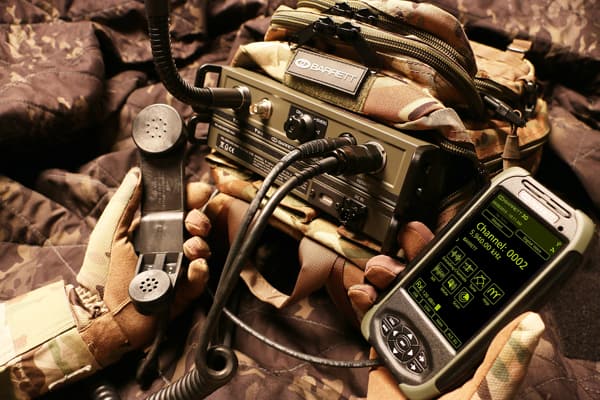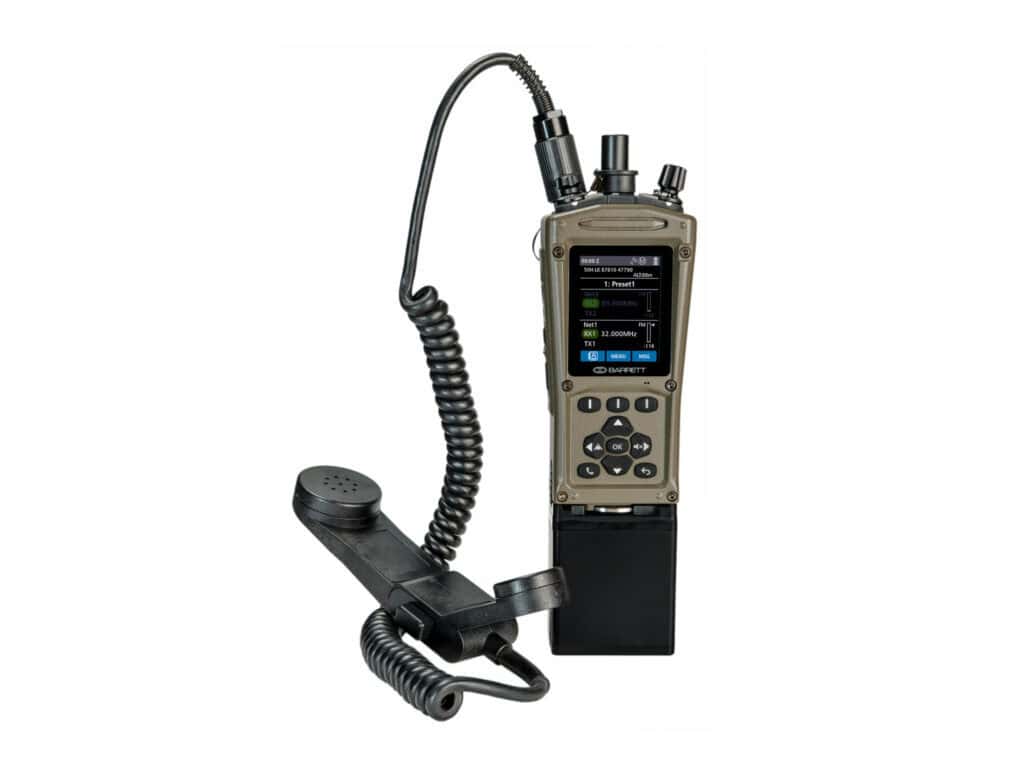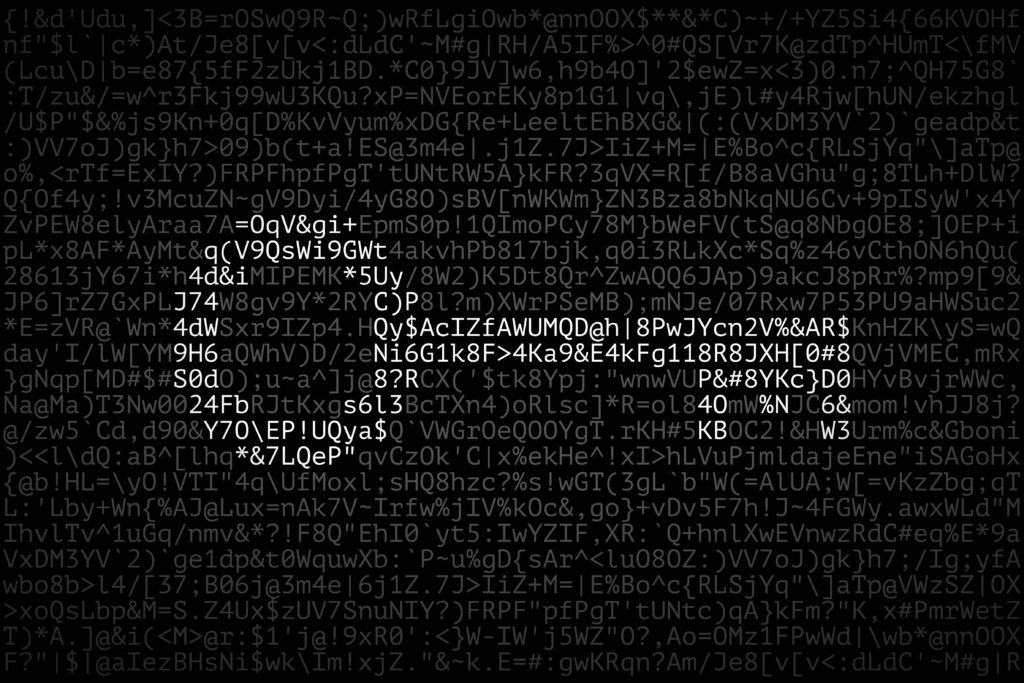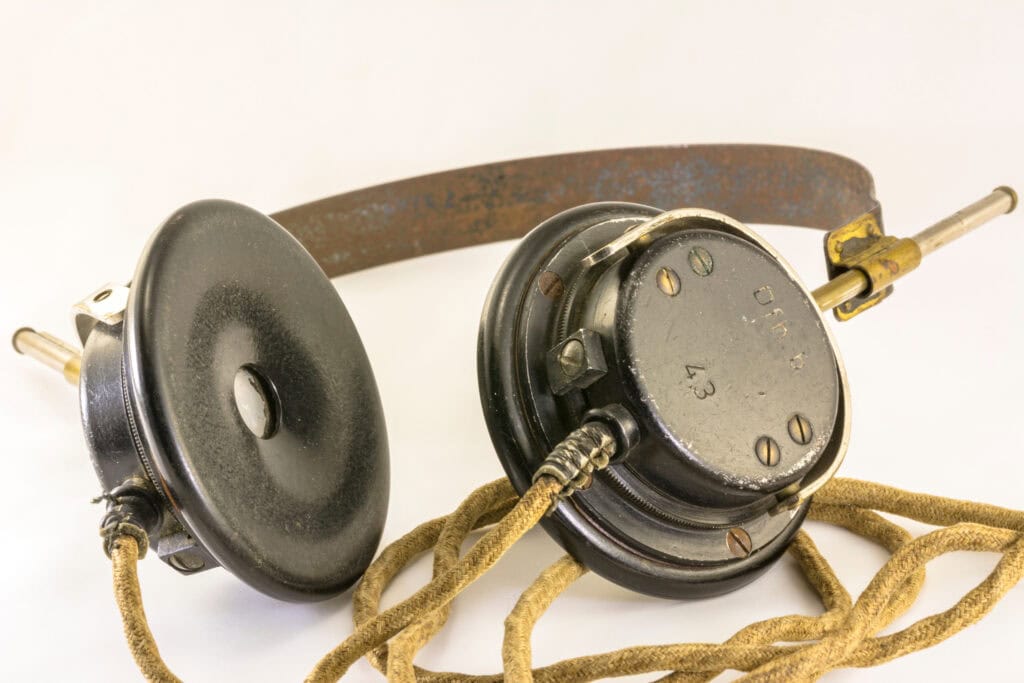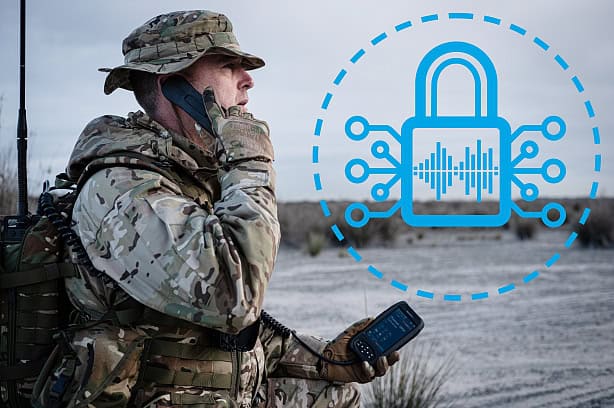Features and capabilities of the PRC 4090
Features and capabilities of the PRC 4090
With the introduction of the PRC 4090, Barrett Communications has created a military-grade high-frequency (HF) radio transceiver that’s lighter than any other option on the market today. As a software-defined transceiver, it also offers a wider range of functionality than conventional hardware-defined options.
Importantly, PRC 4090’s icon-based interface and improved voice quality are evidence of pronounced innovation over previous transceiver models. The ease of use and clear sound transmissions made possible by this unit allow for communications conducted over HF networks in the field to resemble those conducted over mobile phone networks.
Let’s take a look at some of the key communications features and design components of this sophisticated, durable and portable transceiver.
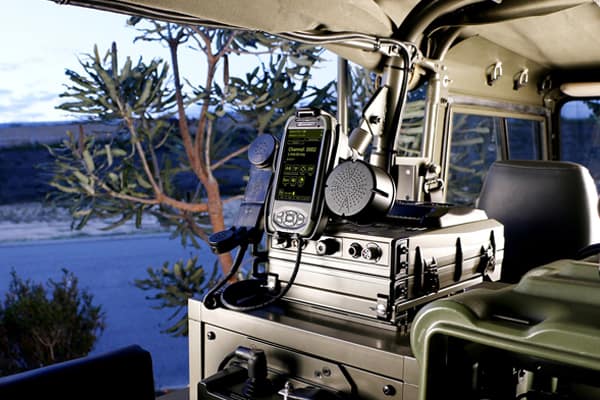
The PRC 4090 is available in a variety of configurations, including options for vehicle mounting and base stations.
Communications features
Whether they come standard with the PRC 4090 or they’re optional additions, here are the features that make this model a leading transceiver option for tactical communications.
Standard
Digital voice
As compared to analogue options, digital voice presents improved audio quality, even over less usable frequencies.
IP network connectivity
Connect PCs to the PRC 4090 docking station via Ethernet cable.
Integrated GPS
With handset-integrated GPS, you can track the position of equipment and make use of improved emergency calling capabilities.
Advanced calling features
Telephone interconnect, SMS, GPS tracking, point-to-point communications and remote disabling are available.
Data modem compatibility
With an easy-to-use interface and high-quality data transmission software, there’s a variety of waveform options available to PRC 4090 users.
Enhanced digital signal processor noise reduction
When voice is broadcast over analogue circuits, digital signal processor (DSP) noise reduction helps enhance clarity.
Automatic antenna tuner
A variety of suitable antennas are available, and the PRC 4090’s automatic antenna tuner can accommodate their setup.
Optional
Secure digital voice
This feature allows users to encrypt their voice communications when using digital voice over HF radio.
Advanced frequency hopping
Hopping rates of 5 and 25 hops per second are available for protection against electronic warfare.
2G and 3G automatic link establishment
The PRC 4090 is backwards compatible with 2G automatic link establishment (ALE) for certain functions while enabling users to maximise functionality with 3G ALE.
Design and durability
With a light-weight design, and boasting a user-friendly display and interface, the PRC 4090 is suitable for a variety of environments. Options are available for:
• Manpack units.
• Vehicle docking.
• Fixed command centre configurations.
By making use of fitted lithium-ion batteries and nonrechargeable battery packs, the transceiver can operate in receive-only mode for up to 50 hours or up to 21 hours with 8/1 RX/TX ratio. The base station configuration is also available with a power supply.
Overall, this software-defined radio (SDR) transceiver provides clear tactical communications over HF radio, in a package that is lightweight, durable, versatile and provides users with a variety of crucial functions.
For more information about innovative communications solutions and leading tactical technology, find out how to contact Barrett Communications today. We’re here to help you figure out which communications tools best suit your needs.

